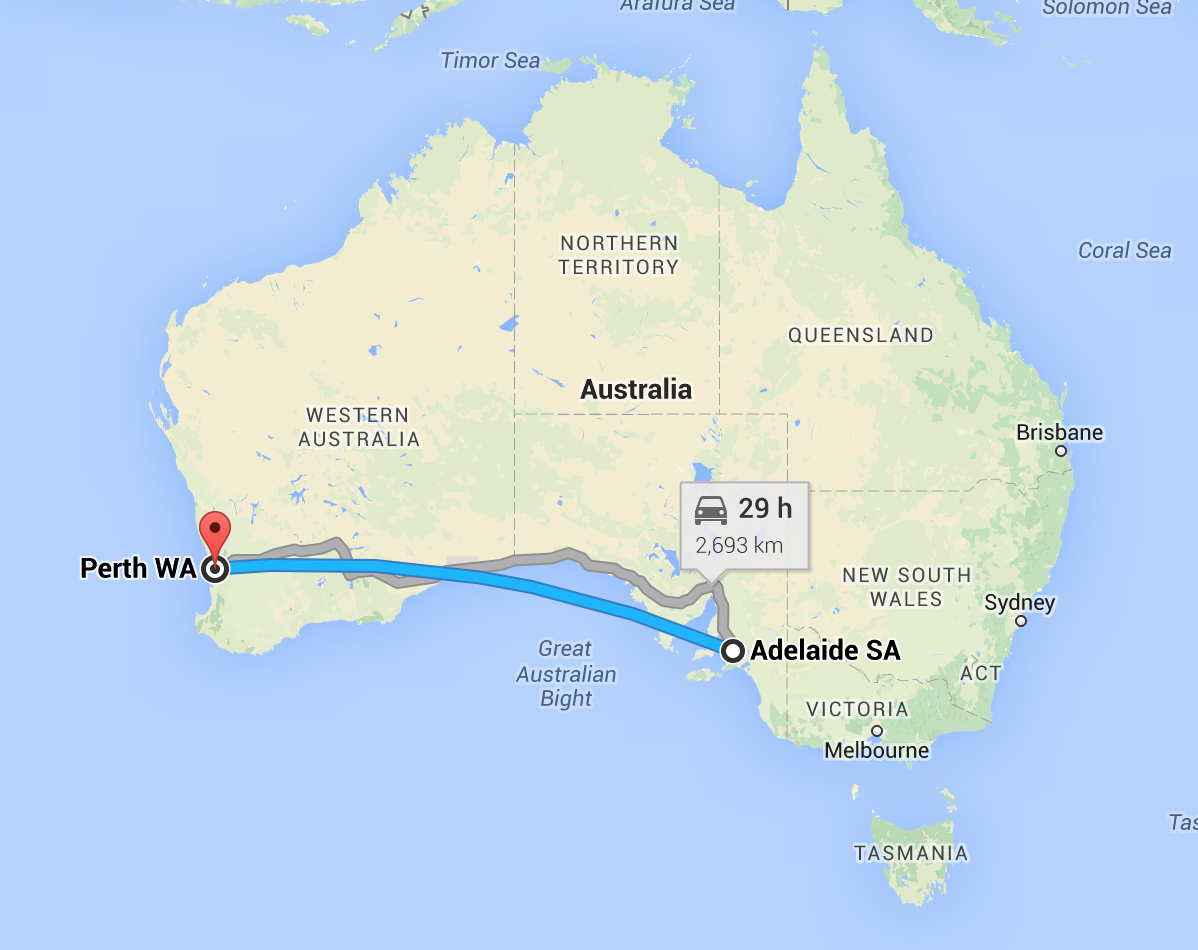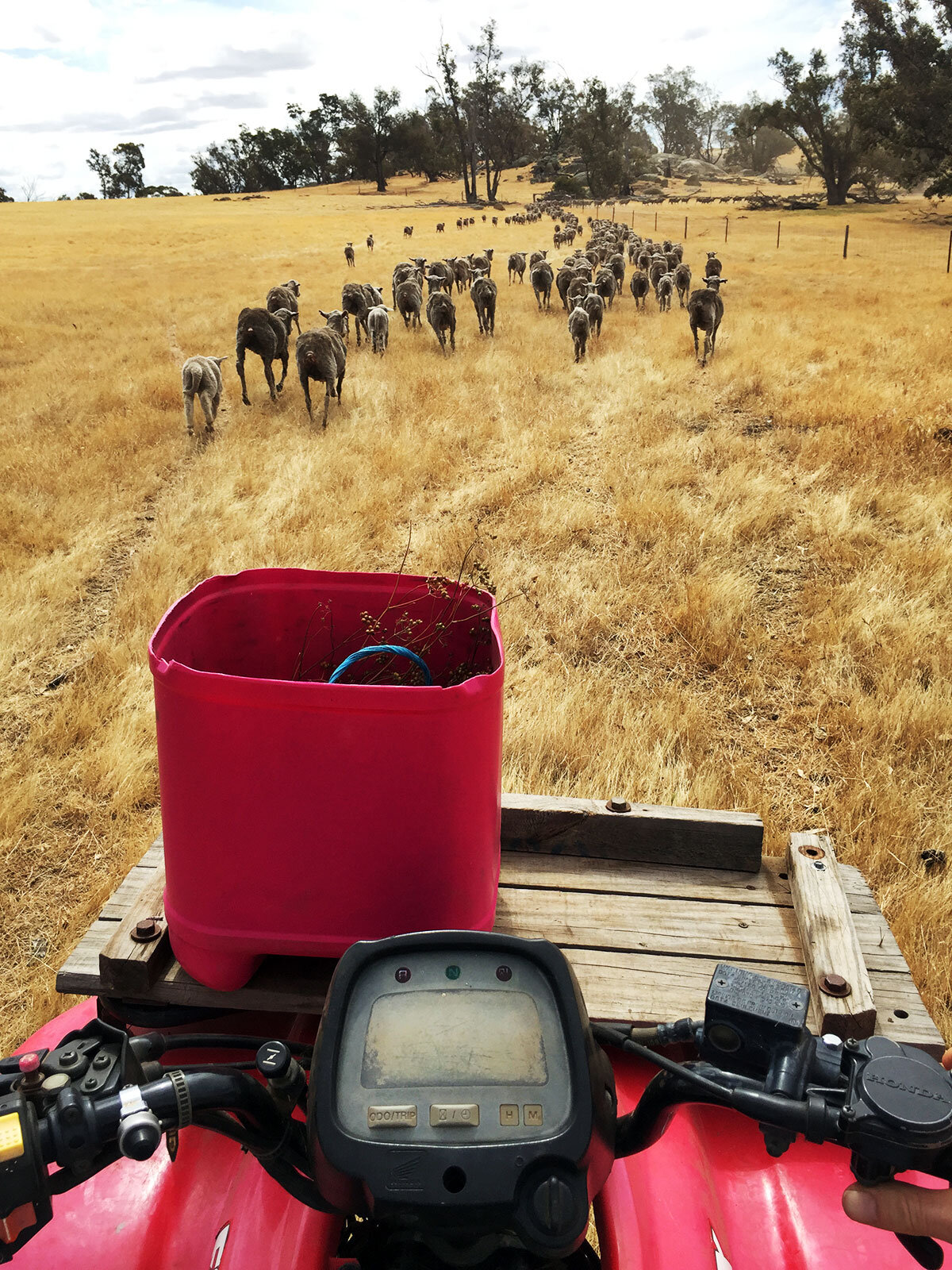Day 53 - UWA Trials & Microbes
 Early start today, 5am, although it was a lie in compared to yesterday. You can fly in Australia without showing any sort of ID at all, which feels unusual. I thought it was a mistake the first time it happened.I had to be in Perth early to meet Dr Ken Flower, from the University of Western Australia. They have been running a trial comparing different crop rotations under no-till systems, which is currently in its 9th year. The four treatments they have used are,
Early start today, 5am, although it was a lie in compared to yesterday. You can fly in Australia without showing any sort of ID at all, which feels unusual. I thought it was a mistake the first time it happened.I had to be in Perth early to meet Dr Ken Flower, from the University of Western Australia. They have been running a trial comparing different crop rotations under no-till systems, which is currently in its 9th year. The four treatments they have used are,
- Maximum carbon - continuous cereals, including wheat, barley & oats
- Maximum diversity - cereals, OSR/Canola/Legume & occasional cover crops
- Controls - Permanent pasture & continuous wheat
- Maximum profit/standard district practice - cereals & legumes
All of the treatments are also split into high and low residue sections. In the high residue all the straw is kept, whereas in the low it is wind rowed and burnt. They have been measuring profit levels, weed burdens, soil biology, soil carbon, and I'm sure plenty of other bits and bobs too. Here's a summary of some of the interesting things they have found, both in the trial and generally in the region.
- Despite having more fungal problems, and possibly more insect damage, the continuous wheat treatment is actually the most profitable. It also seems to be requiring less nitrogen each year, possibly as soil-borne N fixing bacteria becomes more prevalent.
- As of yet, there is no difference in SOM between any of the treatments. Ken thinks that one may start to show up in the longer term, but the effect is subtle if it exists at all.
- There is also no difference in SOM between burning the residues and keeping them. This backs up some results from NZ on the same subject, and is contrary to the general belief of people involved in Conservation Agriculture etc.
- In some circumstances mouldboard ploughing has doubled farmers' yields. The mechanism for this is a reduction in the non-wetting properties of their soils, and it also makes lime applications more effective.
- In other situations, mouldboard ploughing can be catastrophic, as it allows massive wind erosion in a very short time.
- Grazing stubbles with sheep has no effect on following crop yields, and does not really reduce the amount of carbon returned to the soil.
- Grazing a growing wheat crop normally impacts its final yield, and also has the potential to cause significant weed problems. This is the opposite to what Hugh Dove told me, but several other farmers I have seen since have agreed that weeds can be stimulated by the grazing.
 After leaving Perth I headed down to Arthur River and met up with John Pascoe, who farms 2,000ha of pretty unfriendly rock-strewn land. I wouldn't like to drive a combine around there, I'd pick up a boulder for sure. He runs 5,000 ewes on a mixture of permanent pasture and in rotation with his crops.John's big thing is microbes, both for the crops and in the future the livestock too. He buys a blend of bacteria (not sure yet exactly what's in it, need to find that out) and then uses it as a seed dressing. There have been some interesting results in his on-farm trials: When treated with the bacteria, the fertiliser need is massively reduced, to the point where sometimes there is no response to added N (and it yields the same as normally treated seed with full fertiliser rates). Interestingly, when a normal, fungicide dressed, seed is planted and not fertilised, it has a much lower yield. This would suggest that the fungicide dressings are impeding some sort of microbial interactions in the growing plant - presumably mycorrhizae. Sounds like an interesting idea to try out in the UK.
After leaving Perth I headed down to Arthur River and met up with John Pascoe, who farms 2,000ha of pretty unfriendly rock-strewn land. I wouldn't like to drive a combine around there, I'd pick up a boulder for sure. He runs 5,000 ewes on a mixture of permanent pasture and in rotation with his crops.John's big thing is microbes, both for the crops and in the future the livestock too. He buys a blend of bacteria (not sure yet exactly what's in it, need to find that out) and then uses it as a seed dressing. There have been some interesting results in his on-farm trials: When treated with the bacteria, the fertiliser need is massively reduced, to the point where sometimes there is no response to added N (and it yields the same as normally treated seed with full fertiliser rates). Interestingly, when a normal, fungicide dressed, seed is planted and not fertilised, it has a much lower yield. This would suggest that the fungicide dressings are impeding some sort of microbial interactions in the growing plant - presumably mycorrhizae. Sounds like an interesting idea to try out in the UK.
